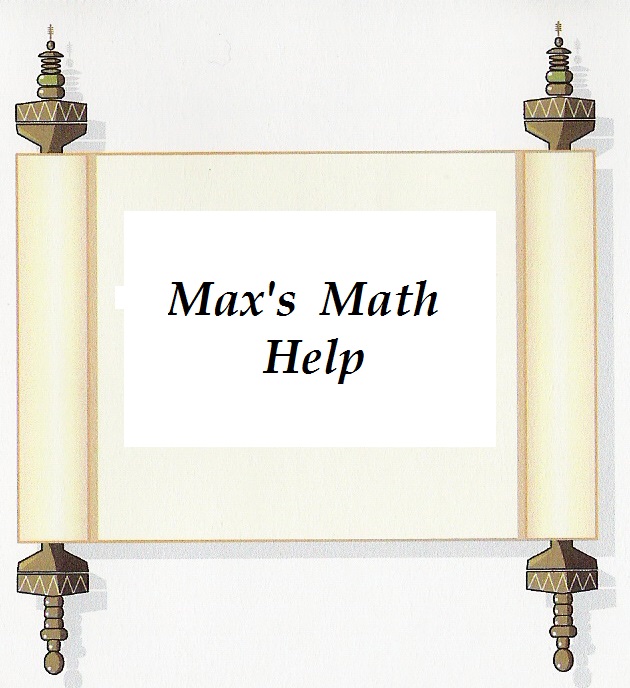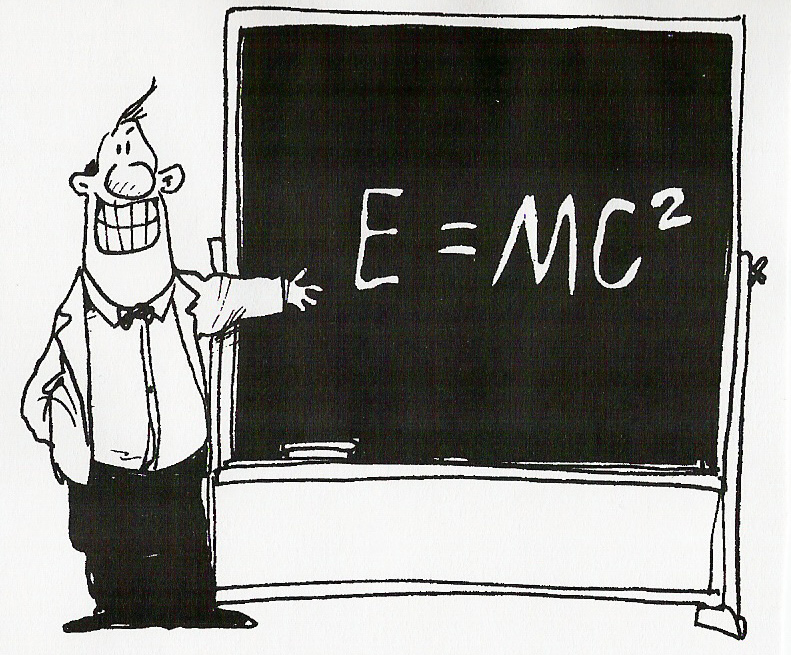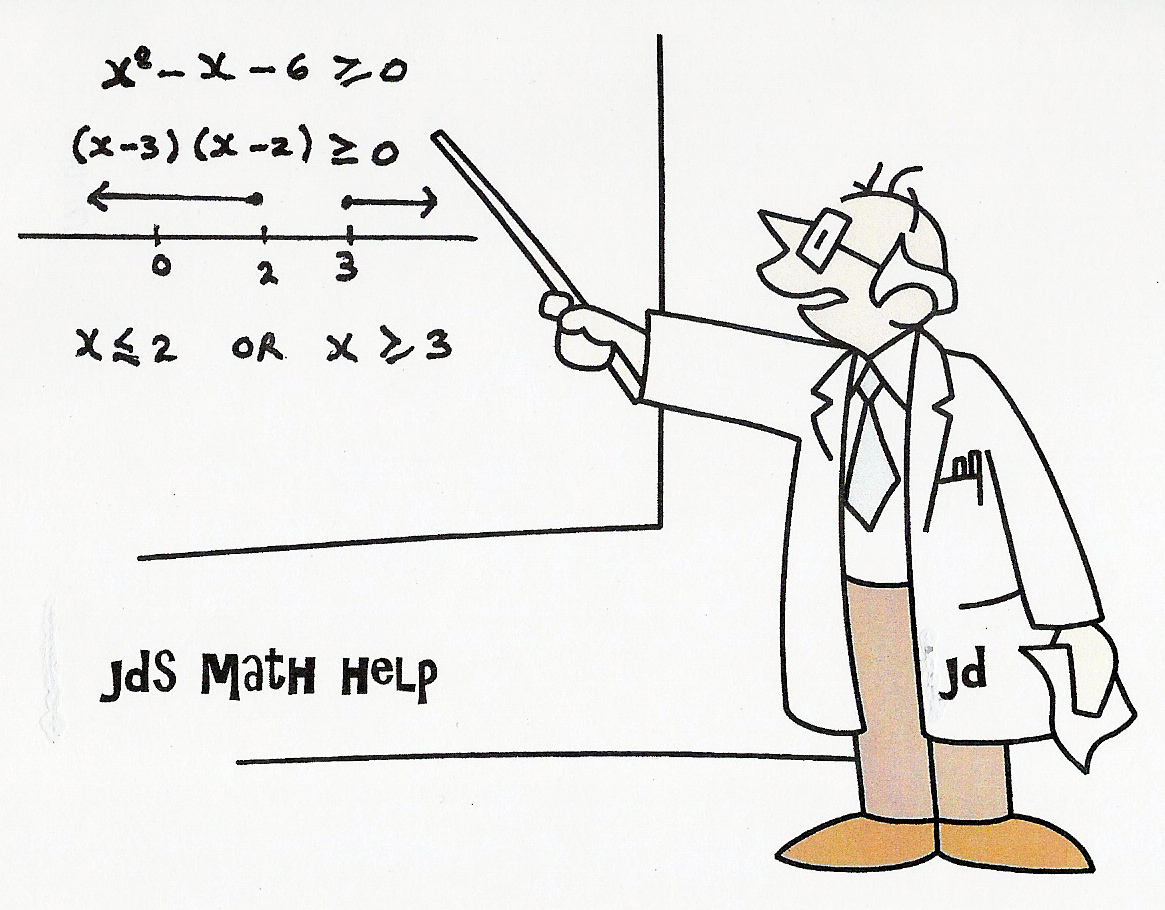|
|
|
|
|
||||||||
|
|
||||||||||||
|
|
UNIT
9 :
MATHEMATICS OF INVESTMENT
LESSON 1:
SIMPLE AND COMPOUND INTEREST HOMEWORK QUESTIONS
Quick Review:
Simple
Interest:
When you
borrow or invest money, interest is paid or earned. If the interest is calculated only on the money originally invested, it is called simple
interest.
![Text Box: I = interest due or earned
p = principal [amount borrowed
or invested]
t = time in years
r = yearly interest rate as a decimal
A = amount repayable or accumulated](./comphw_files/image002.gif)

Compound
Interest:
If
interest is calculated at the end of each year (or interest period) and added
on at this point, then this is called compound
interest.
![Text Box: P = principal [amount borrowed
or invested]
n = number of interest periods
i = interest rate per interest period as
as a decimal
A = accumulated amount (due or payable)](./comphw_files/image004.gif)

Homework Questions: (see solutions below)
1.
Calculate the amount for each loan.
a) $2000 for 6 years at 4%/a, compounded
semi-annually.
b) $12
000 for 10 years at 5.35%/a, compounded annually.
c) $25 000
for 8 years at 4.5%/a, compounded quarterly.
d) $50
000 for 4 years at 4.25%/a, compounded monthly.
e) $44
000 for 6 ½ years at 5.5%/a, compounded semi-annually.
2. Calculate the amount for each term deposit
and the interest paid at the end of the term.
a) $17
000 for 3 years at 4.4%/a, compounded quarterly.
b) $7500
for 5 years at 4%/a, compounded semi-annually.
c) $ 24
000 for 6 years at 5.5%/a, compounded monthly.
d) $ 14
000 for 7 years at 4.4%/a, compounded daily.
3. On the birth of their grandson, Carole and
John invested $5000 for his education.
If the investment pays 8%/a, compounded monthly, how much will be
available for his education when he turns 18?
4.
a) Barry wins $250 000 in the
lottery. If he invest $200 000 of it
for 3 years at 6%/a, compounded quarterly, how much interest will he have
earned?
5. Nancy invested $2000 from his summer job in
a Guaranteed Investment Certificate (GIC).
He is saving to go to university in 3 years. How much will he have if interest is 6.54%/a, compounded monthly?
6. The population of Cardiff is now 125
000. If it grows at a rate of 1.5%/a,
what will it’s population be in 25 years?
7. If Ontario’s energy consumption is 650 megawatts
in the year 2000 and is projected to grow at a rate of 5%/a, what will the
consumption be in year 2050 ?
8. Raja won $100 000 in the lottery. He invested half of it in a GIC which pays
5.6%/a, compounded quarterly and the rest in a bond that pays 4.8%/a compounded
semi-annually. How much will he have in
10 years?
9. Compare the following investments. Which is better?
a) $20 000 invested for 6 years at 5%/a,
compounded semi-annually.
a) $20 000 invested for 6 years at 5%/a,
compounded monthly.
a) $20 000 invested for 6 years at 5%/a,
compounded daily.
Solutions:
1.
Calculate the amount for each loan.
a) $2000 for 6 years at 4%/a, compounded
semi-annually.
b) $12
000 for 10 years at 5.35%/a, compounded annually.
c) $25
000 for 8 years at 4.5%/a, compounded quarterly.
d) $50
000 for 4 years at 4.25%/a, compounded monthly.
e) $44
000 for 6 ½ years at 5.5%/a, compounded semi-annually.
Solutions:









2. Calculate the amount for each term deposit
and the interest paid at the end of the term.
a) $17
000 for 3 years at 4.4%/a, compounded quarterly.
b) $7500
for 5 years at 4%/a, compounded semi-annually.
c) $ 24
000 for 6 years at 5.5%/a, compounded monthly.
d) $ 14
000 for 7 years at 4.4%/a, compounded daily.
Solutions:








3. On the birth of their grandson, Carole and
John invested $5000 for his education.
If the investment pays 8%/a, compounded monthly, how much will be
available for his education when he turns 18?
Solution:


4. Barry wins $250 000 in the lottery. If he invest $200 000 of it for 3 years at
6%/a, compounded quarterly, how much interest will he have earned?
Solution:


5. Nancy invested $2000 from his summer job in
a Guaranteed Investment Certificate (GIC).
He is saving to go to university in 3 years. How much will he have if interest is 6.54%/a, compounded monthly?
Solution:


6. The population of Cardiff is now 125
000. If it grows at a rate of 1.5%/a,
what will it’s population be in 25 years?
Solution:


7. If Ontario’s energy consumption is 1650
megawatts in the year 2000 and is projected to grow at a rate of 5%/a, what
will the consumption be
in year
2050 ?
Solution:


8. Raja won $100 000 in the lottery. He invested half of it in a GIC which pays
5.6%/a, compounded quarterly and the rest in a bond that pays 4.8%/a compounded
semi-annually. How much will he have in
10 years?
Solution:



9. Compare the following investments. Which is better?
a) $20 000 invested for 6 years at 5%/a,
compounded semi-annually.
Solution:


b) $20 000 invested for 6 years at 5%/a,
compounded monthly.

Solution:

c) $20 000 invested for 6 years at 5%/a,
compounded daily.
Solution:


Hence
you earn more money the more frequently interest is compounded.
The compounded daily option is the best.




